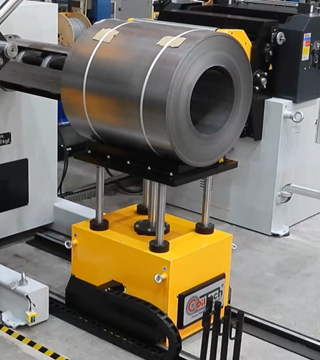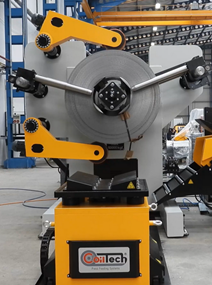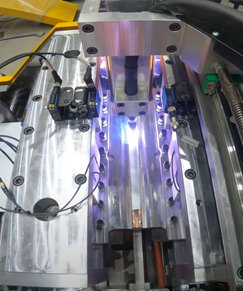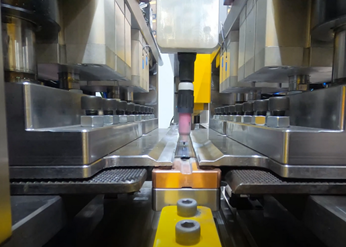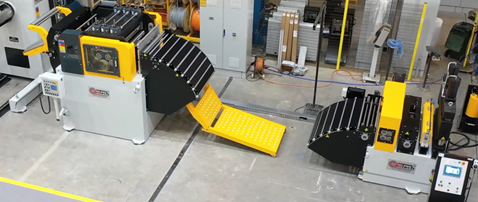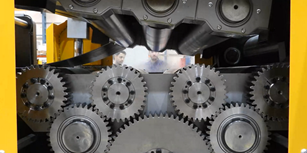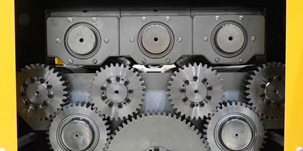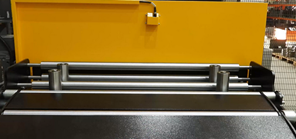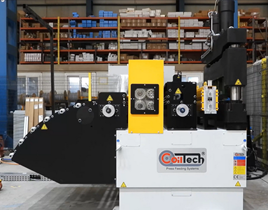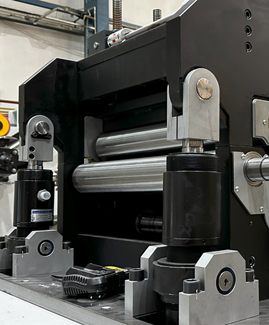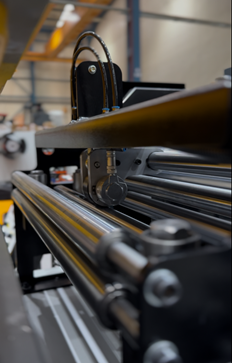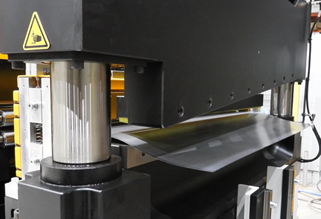What accessories are worth choosing in a feeding line and why?
Feeding lines play a key role in many stamping processes. A well-designed line increases productivity, improves operator safety and minimizes work errors. Choosing the right accessories and solutions is therefore important to achieve maximum efficiency and productivity. Here are some key components to consider when buying a feeding line.
The straightener or straightener-feeder is a key component of the feeding line, ensuring that the material is properly straightened before further processing. In addition to selecting an appropriately adapted straightener for your needs, additional equipment is also worth considering:
- Openable straightening head, so called “crocodile” Facilitates the insertion of the material and into the straightener and regular cleaning of the rollers.
The lubrication system ensures the right amount of grease on the surface of the material. This improves the smoothness of its movement through the feeding line, reduces friction and prolongs the life of the tool, and improves the quality of the parts produced.
- Manual roller lubrication: In this case, felt rollers lubricate the surface of the material from both below and above. The amount of oil and the lubrication cycle are controlled by a PLC control panel.
Guillotine
At the end of the feeding line, it is worth considering the purchase of a guillotine depending on the production process.
- Hydraulic guillotine: This is a budget solution that will work well for cutting off the beginning of the coil, before it is fed into the tool in the press, and for cutting off the coil in the event of a malfunction, a blockage in the tool.
An Investment in the Future
Today’s feeding lines can be equipped with a range of advanced technologies that streamline the entire production process. Although retrofitting requires a larger budget, it is worth investing in the future and safety. Properly equipped feeding lines bring tangible benefits in the form of greater efficiency, fewer errors and safer operators.

